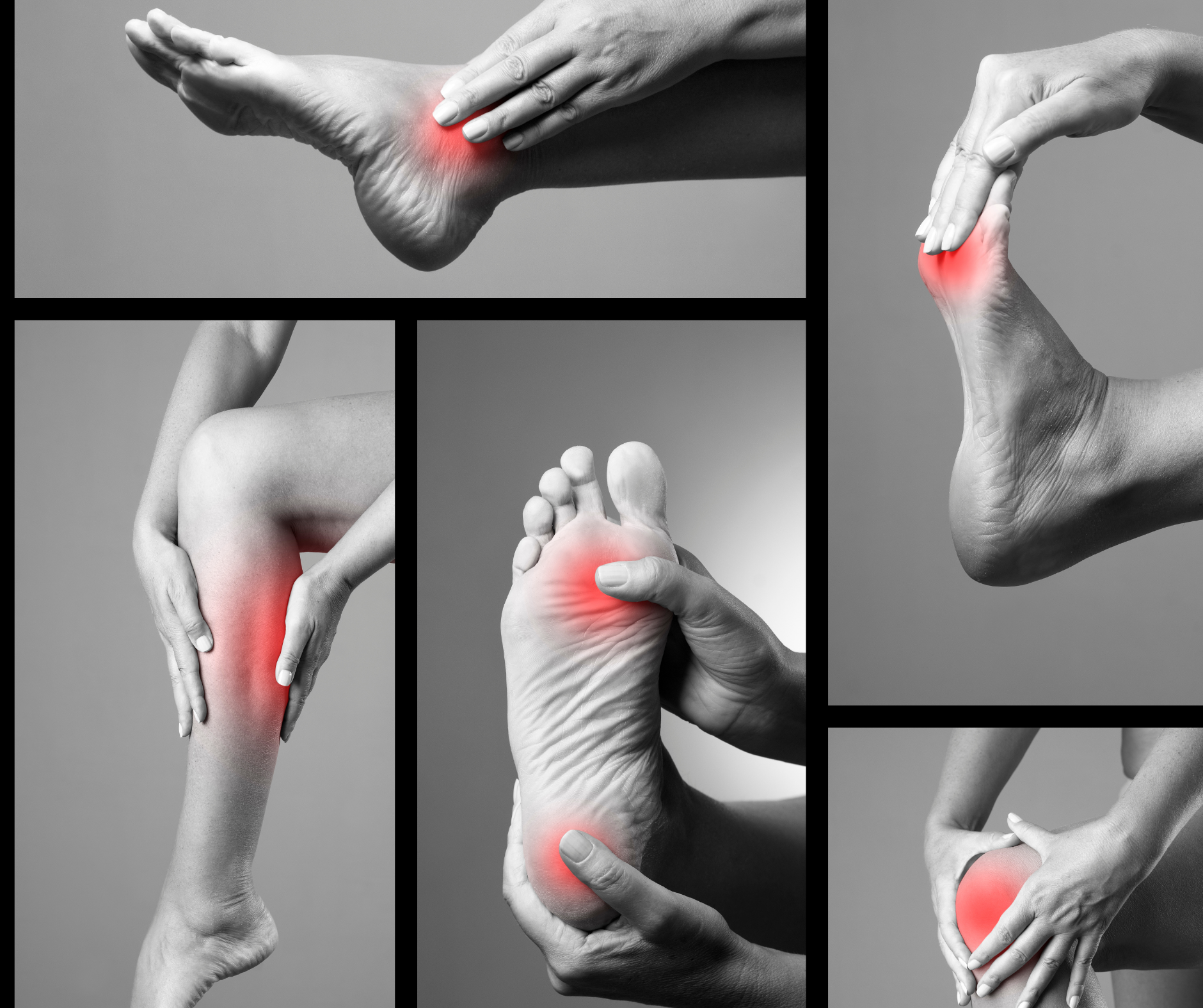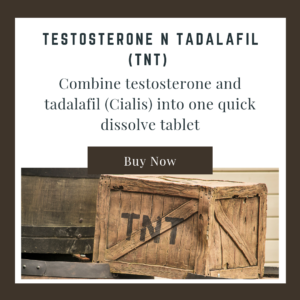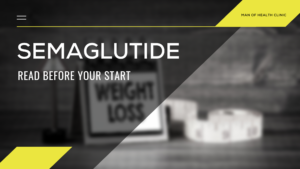
3 Minute Lesson: What is Gout? How is it Treated?
- Post author:Christopher C
- Post published:September 9, 2020
- Post category:Physical Health
What is Gout?
Gout is an inflammatory disease that affects around 8 million Americans yearly. This inflammatory disease affects blacks at a higher rate than any other race. Gout occurs when uric acid levels are too high. Uric acid is what is left over when your body breaks down purines (red meat, seafood, alcohol, soft drinks and wild game). Uric acid is normally excreted in the kidneys. When levels become to high uric acid deposits in the joints, kidneys, and soft tissues. When uric acid deposits in these areas they cause inflammation.
What causes Gout?
- Beer intake
- Obesity
- High purine diet (seafood, red meat, turkey, and wild game)
- High fructose corn syrup
- Diuretics (medications used to treat hypertension (high blood pressure))
What does gout look like and feel like?
Gout usually presents with a red swollen joint mostly the big toe of one foot. It can occur in other joints but it should only occur in one joint. It usually is short lived less than 2 weeks. There will be pain in this joint. The pain may present as too painful to walk or put on shoes. The pain may be so severe that it awakens the person from there sleep.
How is Gout Treated?
- Gout is usually treated with a Nonsteroidal anti-inflammatory drug (NSAID) & Colchicine.
Examples of NSAIDs:
Indomethacin (Prescription)
Naproxen (OTC)
You should talk to your provider before taking any NSAID because it can damage the heart, kidneys, and stomach.
2. Your provider will also prescribe you colchicine along with your NSAID. This medication is useful if started within 24 hours of an attack. Some providersare getting away from this medication because of cost and side effects.
- If you cannot take a NSAID your provider may give you a small dose of steroids to help with the inflammation.
Examples of steroid is Prednisone
Talk to your provider to see what option is best for you
The point of the NSAID and Colchicine is too slow down the inflammation and decrease the pain. Once your pain is decreased your provider may want to put you on medication to prevent the flare ups.
Prevention Medications:
Allopurinol:. This medication can be started along side NSAID or colchicine but most providers wait until you are not having a flare up. This medications decreases your uric acid so that it cannot buildup in joints, kidneys and small tissues.
Remember that preventing a flare up is a major key so avoid the risk factors for Gout and if you are going to take preventive medications to take it daily.
Gout Flare ups usually last 5-7 days with or without treatment.
Remember to always consult with your provider to discuss any topics with more detail and to determine a gameplan that’s best for you
If you need a health coach please contact me.

Share via:



